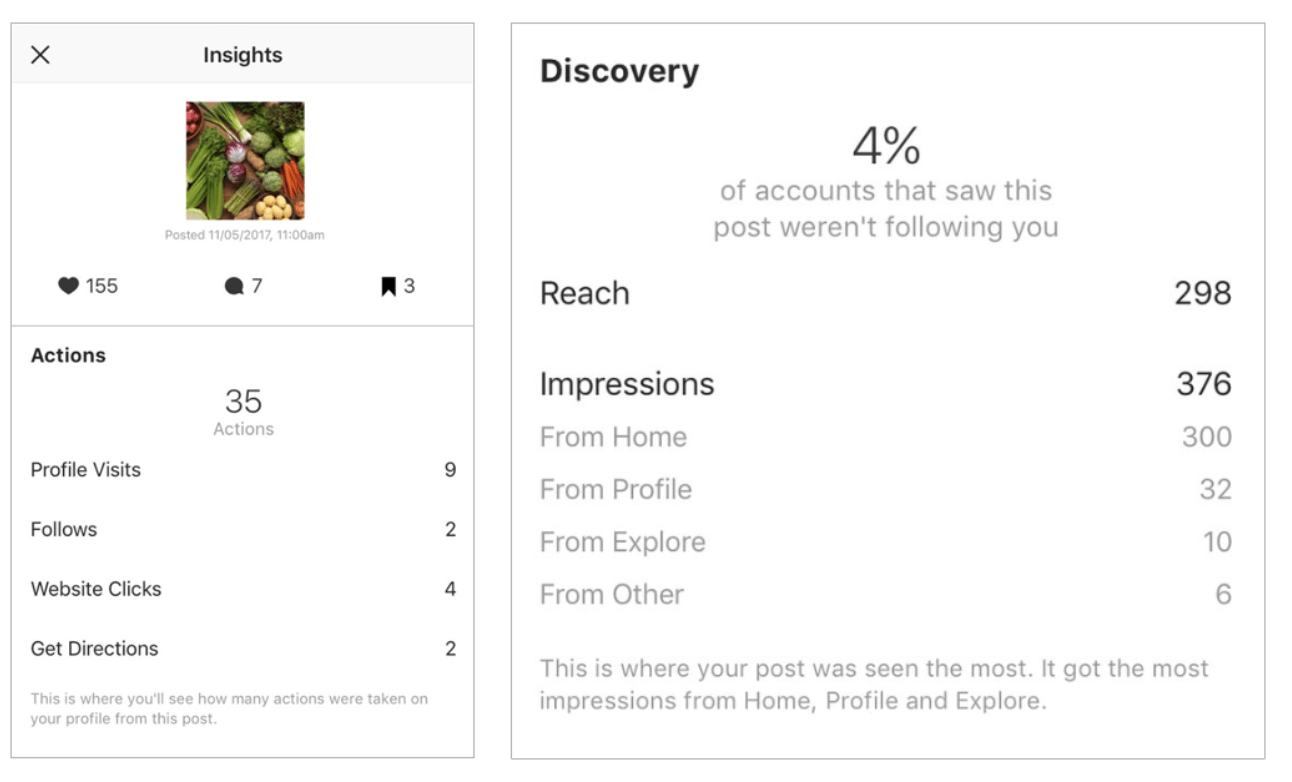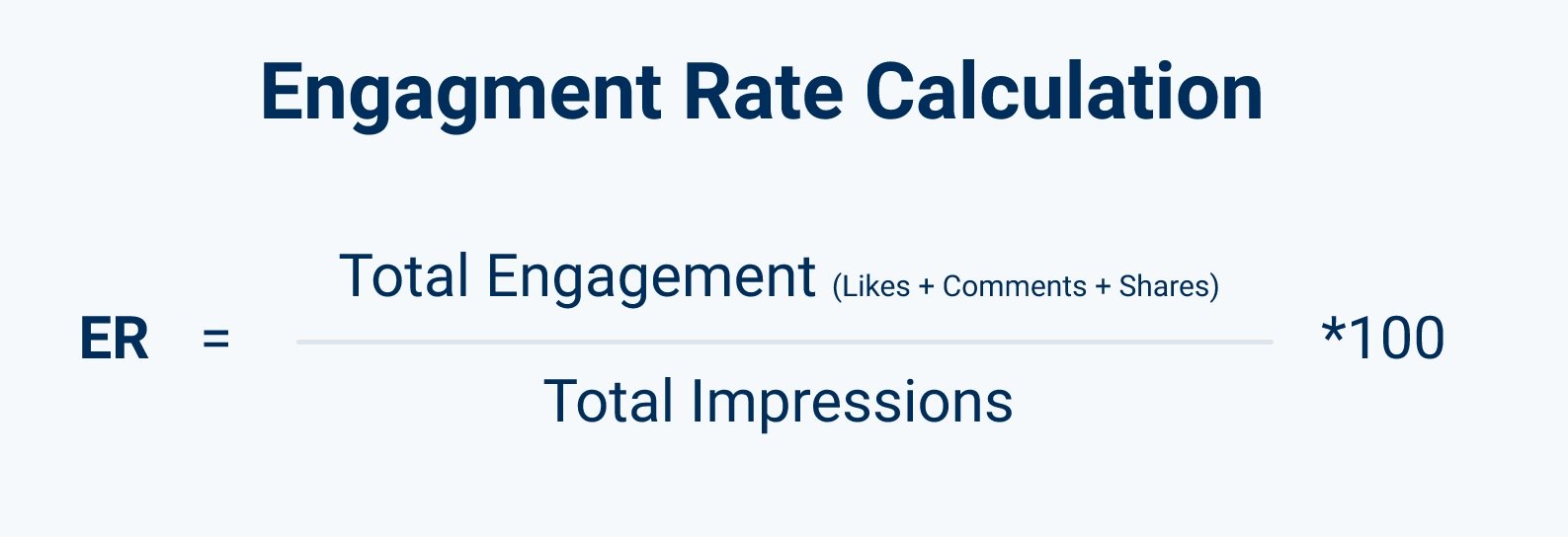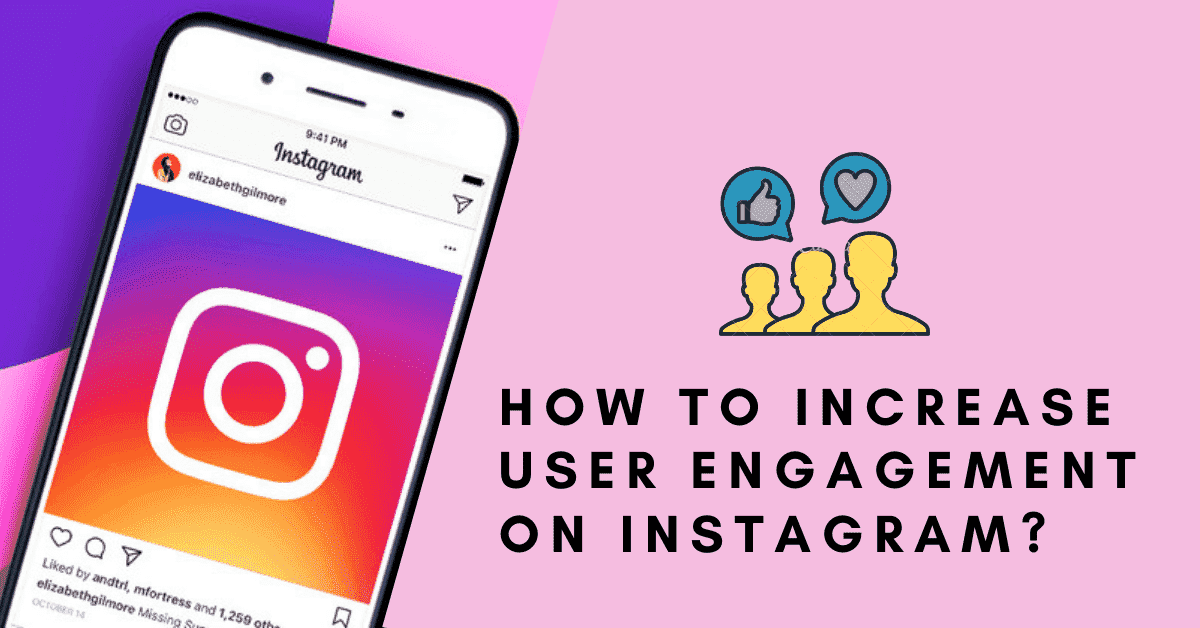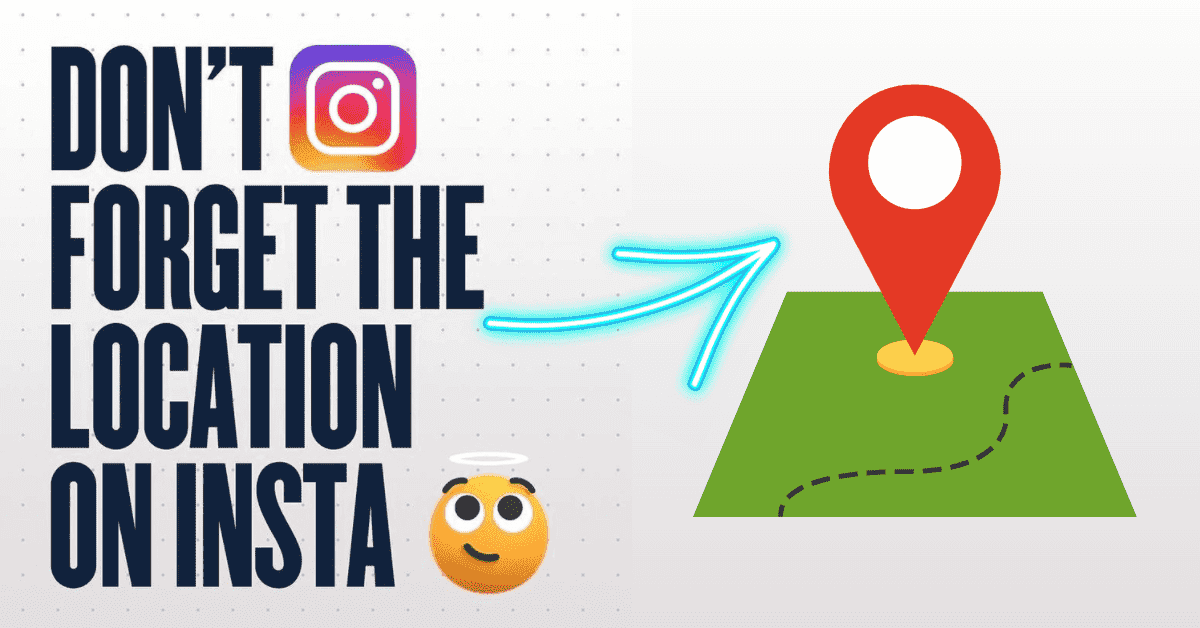As we’ve touched on many times before, social media platforms offer an excellent digital marketing tool. Among them, Instagram has earned the attention of many marketers, and for a good reason; with over 1.4 billion active monthly users and very notable engagement rates, few can afford to overlook this massive platform. Still, engaging in the platform is one thing, and gauging success is another. From maintaining your Instagram business profile to crafting enticing Stories, you may have crafted a strategy that works. But which metrics can help reassure you it’s indeed on the right track? That’s what we’re here to answer that question by delving into 7 Instagram metrics you should be following closely.
Table of Contents
ToggleSocial Media Tools to Help Monitor Your Efforts
But before exploring “what,” let us briefly touch on “how.” Here, let us outline some helpful tools you may use to gauge social media success on Instagram and elsewhere.
- AgoraPulse. If you’re running multiple campaigns across different platforms, AgoraPulse may be your tool. For one, it consolidates all platforms under one dashboard so that you can reply to all incoming messages under one roof. In addition, it offers post adjustment features for content cross-posting. Finally, it provides social media analytics tools, letting you track metrics like the ones we’ll discuss next.
- Canva. In contrast, Canva focuses much more on content visual design – as the name suggests. Its image and template library offers a handy resource to fit your content into different platforms better, making cross-posting easier. However, it lacks analytics tools, making it more beneficial to content designers than campaign managers.
- BuzzSumo. Finally, BuzzSumo takes an entirely different approach, seeking to enhance your social media SEO instead. It primarily offers keyword research features, informing your content marketing efforts. As it does, it also provides keyword-based topic trends, offering inspiration for new content.
These are, of course, just three examples; the market offers an abundance of similar tools to look into and choose from. Whether you’re focusing on lead generation, conversions, or anything in-between, these and a plethora of similar tools should facilitate growth.
Which Instagram Metrics You Should be Following
Let’s now explore which metrics deserve an attentive eye. In no particular order, our picks for the seven most valuable ones are the following.
#1 Reach and Reach Rate
Reach is the most basic performance metric that gauges how many people have seen a specific post. Keeping track of this metric lets you know exactly how far each post can reach and thus how well it can fuel your brand awareness or other campaigns.
Notably, this differs from impressions; consider how Instagram itself distinguishes between the two in Instagram Insights:

- Save
That’s because reach gauges unique users who see your post, while impressions count views. Put differently, repeat views by the same person still count as impressions, while reach only counts unique impressions. That’s why impressions certainly matter too, but reach can offer even more value.
Once you have your reach metric, the way to calculate the reach rate per post is simple enough:
Post Reach Rate = (Post Reach / Follower Count) x 100
So, for example, if 25 of your 100 followers see your post, that’s (25/100)x100=25% reach rate.
#2 Follower Growth Rate
The second among Instagram metrics you should be following is follower growth rate – perhaps unsurprisingly. As we’ve covered before, getting new Instagram followers can never be undervalued as a marketing goal. This metric can offer some invaluable reassurance that your campaigns facilitate the growth you’re after.
Some marketers would instead track follower counts than growth rates, but others argue this is more of a vanity metric. A large follower count certainly helps and most often helps your primary goals, but follower growth rate gauges how you’re doing over time.
Measuring follower growth rate is also relatively simple:
Follower Growth Rate = (Number of New Followers / Number of Existing Followers) x 100
For example, if you start the month with 100 followers and get 50 new ones by the month’s end, that’s (50/100)x100=50% follower growth rate for that month.
#3 Follower Engagement Rate
So the above can reassure you that you have an optimal post reach and satisfactory follower growth. But how do you measure if both synergize toward actual engagement with your posts?
Simple; you need to calculate your follower engagement rate. As the name implies, this metric gauges how many of your followers engage with your content. This is among the most crucial Instagram metrics you should be following.
Calculating this metric is also fairly easy:
Follower Engagement Rate = (Total Engagement / Number of Followers) x 100
So, for example, if you got 25 comments from your 100 followers, that’s (25/100)x100=25% engagement rate.
Keep in mind that you may also calculate engagement rate based on impressions if you’d rather measure that metric. Inlytics visualizes the modified formula for this as follows:

- Save
#4 Comments Received
On that note, engagement may be defined somewhat differently across campaigns. Typically, you’d count both likes and comments as engagement – but comments also offer qualitative insights. Put simply, audiences’ casual likes won’t tell nearly as much as comments will.
Tracking comments can be rather tricky in that different tools track them differently. In all cases, however, likes are typically tracked both by post and over time. You can thus monitor them to get a good feel for which content best resonates with your audiences, both in terms of engagement rates and actual sentiment expressed.
#5 Instagram Story Metrics
Next, in Instagram Insights comes another pair of Instagram metrics you should be following. Both concern Instagram Stories specifically (hence the section’s title): views and exits. As the names suggest, these two metrics show how many views your Stories got before disappearing and how many viewers exited them.
Thankfully, Instagram’s native Insights offer these metrics, so you won’t need to calculate them yourself. They’re both still invaluable, as views should also let you deduce what makes for successful Stories. Similarly, exits should draw your scrutiny, helping you understand what drives your audiences away.
#6 Referral Traffic
Post metrics aside, the goal of many campaigns will likely require that your audiences follow your links to your website or landing page. Measuring how effectively you do so through referral traffic metrics is also vital.
That said, it’s, unfortunately, harder to do. That’s because Instagram only allows for clickable links within your bio, while you may want to monitor posts as well.
One way to do so is through Google Analytics if you’re using it. This tool will let you monitor referral traffic across different social media platforms, including Instagram:

- Save
#7 Sales
The final among Instagram metrics you should be following comes in sales, the ultimate goal of most campaigns. This simple but rather elusive metric gauges how all your efforts affect your bottom line.
If you’re using Instagram Checkout, you may access this metric directly through Instagram Insights. If you’re not, you will have to measure sales in a roundabout way, applying your attribution model of choice to your customer journey to pinpoint if a post has secured a sale.
In both cases, monitoring sales is undeniably useful – unless your campaigns genuinely don’t care for sales. Along with the above, keeping an eye on this metric should help inform your efforts and enhance your sales funnel.
In Closing
These are some of the most valuable Instagram metrics you should be following. Especially in combination, they can provide comprehensive, actionable data to help inform your content strategies and let your business thrive. Naturally, there are other metrics you may also want to keep an eye on, depending on your campaigns and goals. Still, the above should hold universal value – and likely deserve your attention first.










